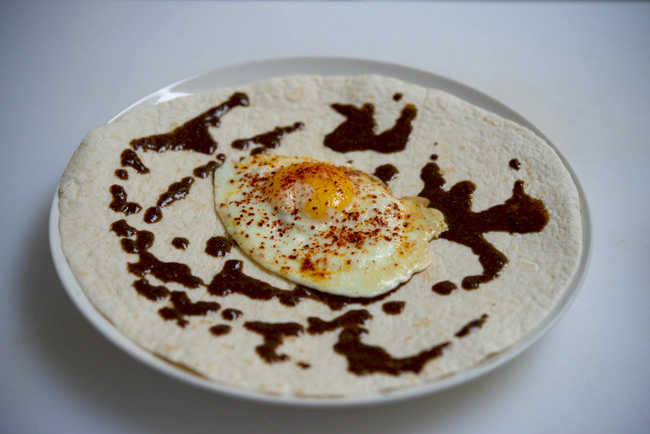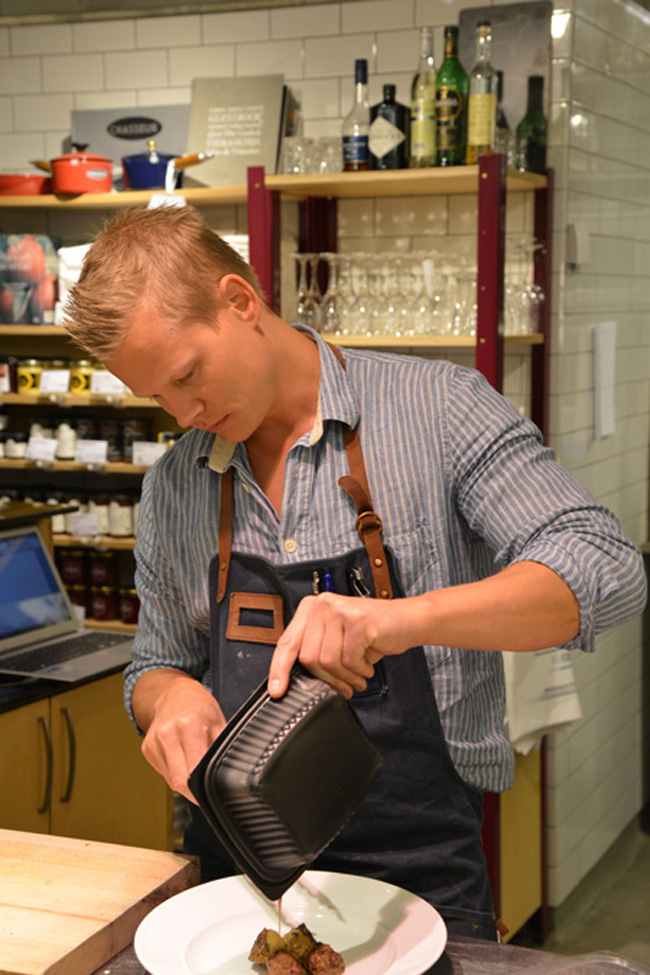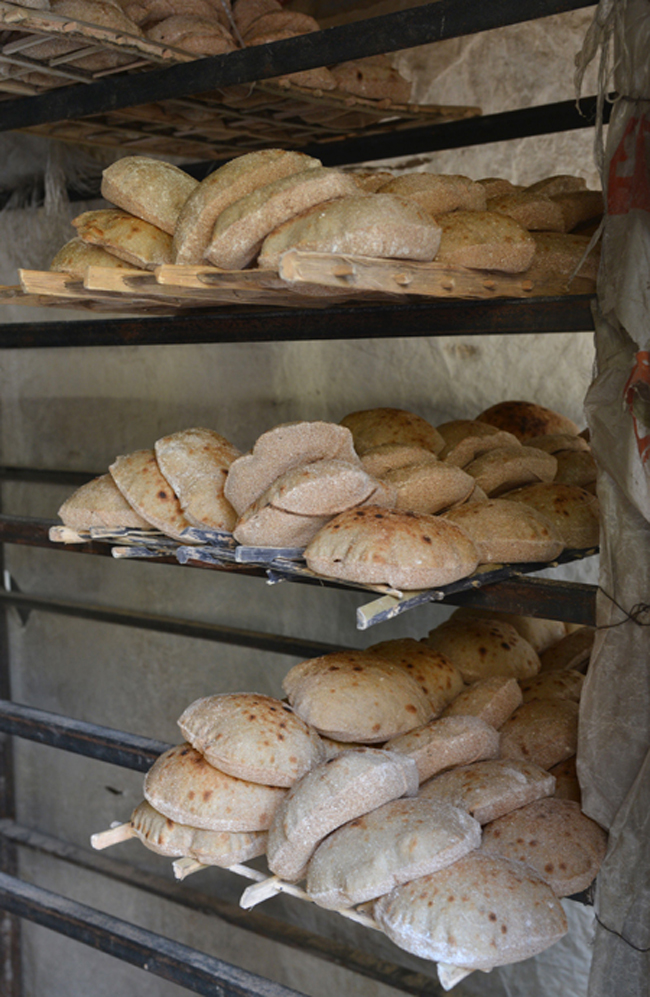26 Aug
 I don’t know if mehyawa (or mahyawa), a fermented fish sauce that has its origins in Iran and is used widely as a spread in the Arabian Gulf, will ever become a global ingredient but it deserves to be. Eaten on its own with bread (usually regag or tannur) or with other ingredients like the fried egg in the picture above, it could be considered an ‘umami bomb’. I can’t remember where I first tasted it but I am pretty sure it was at my wonderful friend, Maryam Abdallah. Maryam is a wonderful cook and the first ever Qatari TV chef. She is married to a Bahraini and gets her mehyawa from Bahrain. According to her and other friends, Bahrain is the place for mehyawa but I got mine from my wonderful friend, Sheikha Bodour al Qasimi, who has been (still is) my saviour whenever I needed to learn about Emirati cuisine. Also when I wrote my piece on camel hump for Lucky Peach when she gave me a whole baby camel! Anyhow, I was having an exchange with her sister Sheikha Hoor Al Qasimi about mehyawa on Instagram where I rued the fact that I didn’t bring back any with me from Qatar (Maryam had offered to give me some but I worried about having a bottle of it in my luggage) and Hoor said she would arrange to send me some. Not long after Bodour’s driver was at my door with two huge jars of excellent home-made mehyawa.
I don’t know if mehyawa (or mahyawa), a fermented fish sauce that has its origins in Iran and is used widely as a spread in the Arabian Gulf, will ever become a global ingredient but it deserves to be. Eaten on its own with bread (usually regag or tannur) or with other ingredients like the fried egg in the picture above, it could be considered an ‘umami bomb’. I can’t remember where I first tasted it but I am pretty sure it was at my wonderful friend, Maryam Abdallah. Maryam is a wonderful cook and the first ever Qatari TV chef. She is married to a Bahraini and gets her mehyawa from Bahrain. According to her and other friends, Bahrain is the place for mehyawa but I got mine from my wonderful friend, Sheikha Bodour al Qasimi, who has been (still is) my saviour whenever I needed to learn about Emirati cuisine. Also when I wrote my piece on camel hump for Lucky Peach when she gave me a whole baby camel! Anyhow, I was having an exchange with her sister Sheikha Hoor Al Qasimi about mehyawa on Instagram where I rued the fact that I didn’t bring back any with me from Qatar (Maryam had offered to give me some but I worried about having a bottle of it in my luggage) and Hoor said she would arrange to send me some. Not long after Bodour’s driver was at my door with two huge jars of excellent home-made mehyawa.
19 Dec
[vimeo]https://vimeo.com/82114340[/vimeo]
It all happened by chance. I was saying goodbye to a friend at my front door when Don & Yoko, my delightful neighbours, arrived with a friend of theirs, Noriko, who was staying in their flat. I didn’t know her but I loved her because she was so quiet. Don & Yoko introduced us saying that Noriko is an animation artist. I liked her even more — one of my heroes is Jan Svankmajer. We said hello and I went back in. But as I climbed the stairs up to my loft I thought it would be quite wonderful to have an animated cooking video instead of the more common filmed ones where the chef says and now you add this then stir that and so on. So, I asked Noriko if she would be interested in collaborating with me on doing a monthly animated cooking video, just like my belly dancer of the month! She liked the idea and here is the first one, of a recipe that I found on a postcard and which I love. I hope you will also like it, both the Berber hamburger and the animated video!
20 Jun
My first impression as I flew to Stockholm was both good and bad. Good because despite the plane being packed with children, it was a surprisingly restful flight with hardly any noise and lovely service — I should have added beautiful manners to the title of this post; every Swede I met on this trip was delightful except, that is, for the gruff sandwich tart lady (you will find her later in the post). They are really the most charming people in Europe! The bad impression which thankfully was fleeting was due to my vision of all Swedes as tall, blond and beautiful and there weren’t many on the plane. But this changed as soon as I landed. Wherever I went, I had to stop myself staring at gorgeous men and women. Fortunately, I was able to stare at the beautiful young man in the picture above taken at Saluplats Husman in the fabulous Hötorgshallen as he served us the most delicious meatballs and a wallenbarger (a very soft large meatball made with veal, eggs and cream).
12 May
If there is one food that is essential to most Arabs, it is bread and nowhere is it more essential than in Cairo which I like to call the city of bread. Wherever you go, you will see bread being baked, or sold, or consumed or simply carried home a little like the ubiquitous French baguette, except that in Egypt it is aysh baladi or shami that is the national loaf. Aysh means life indicating the importance of bread — elsewhere in the Arab world bread is called khobz — while baladi means local; it describes bread made with wholewheat flour while shami which means Levantine describes bread made with regular white flour.



